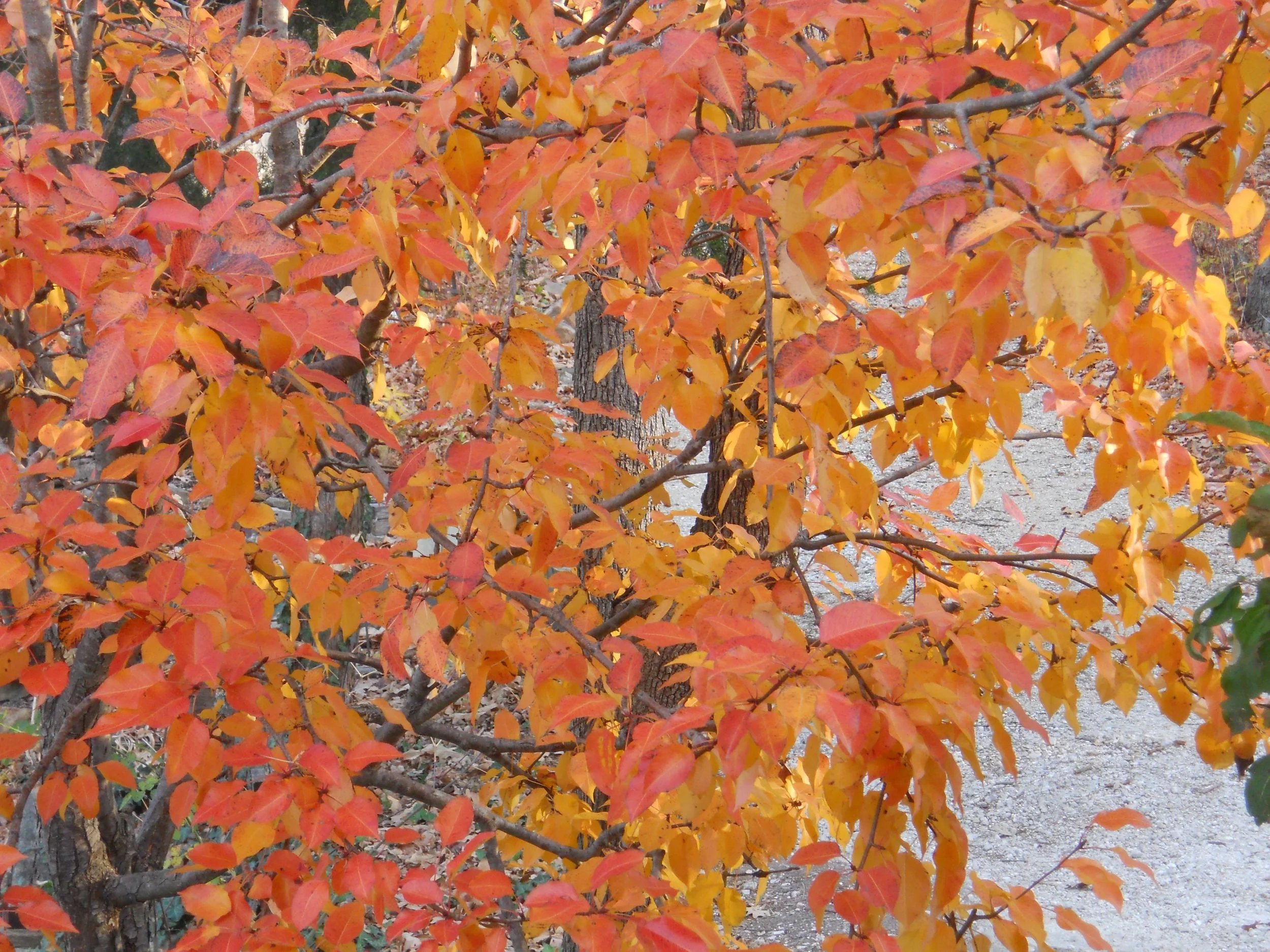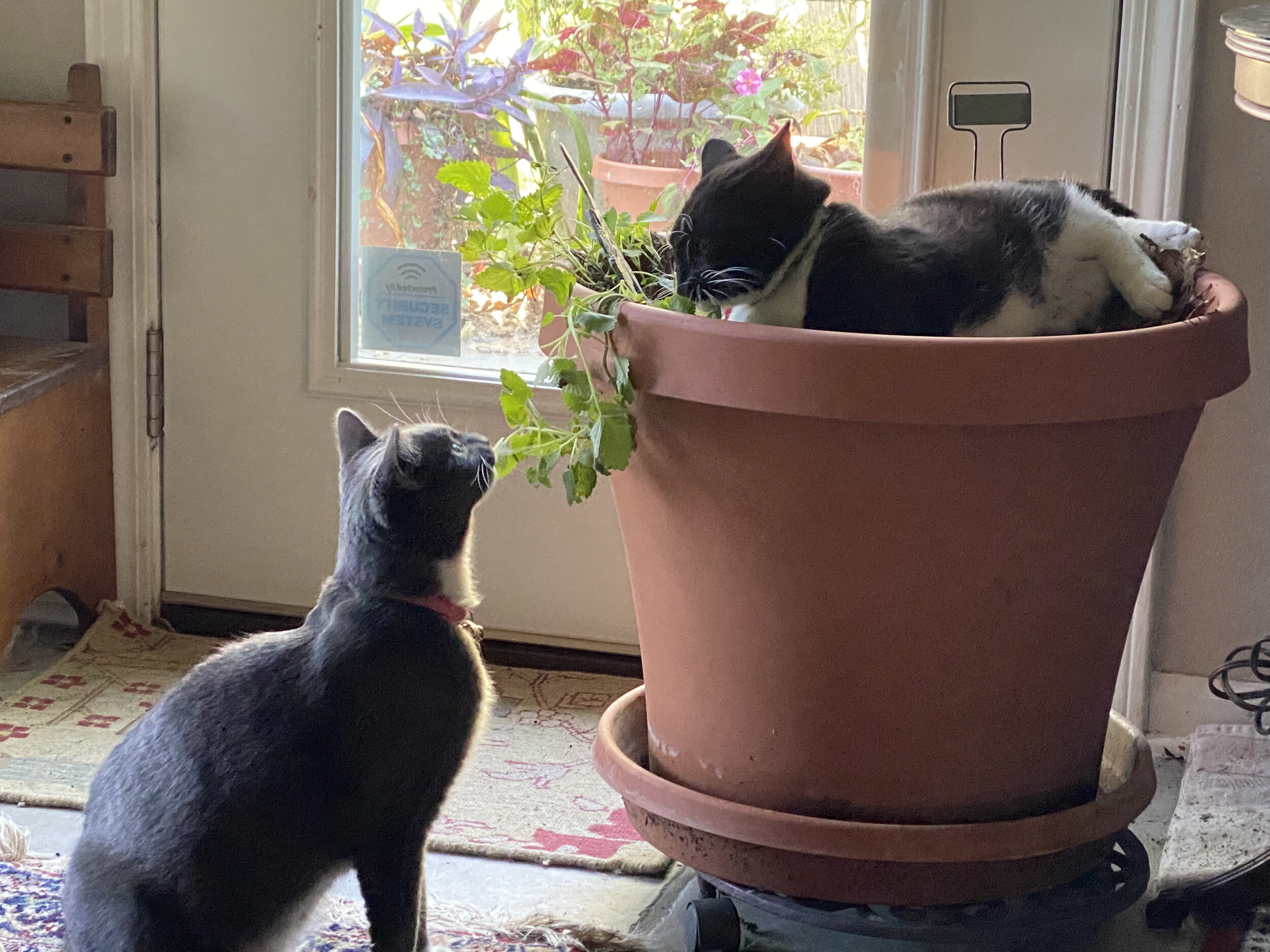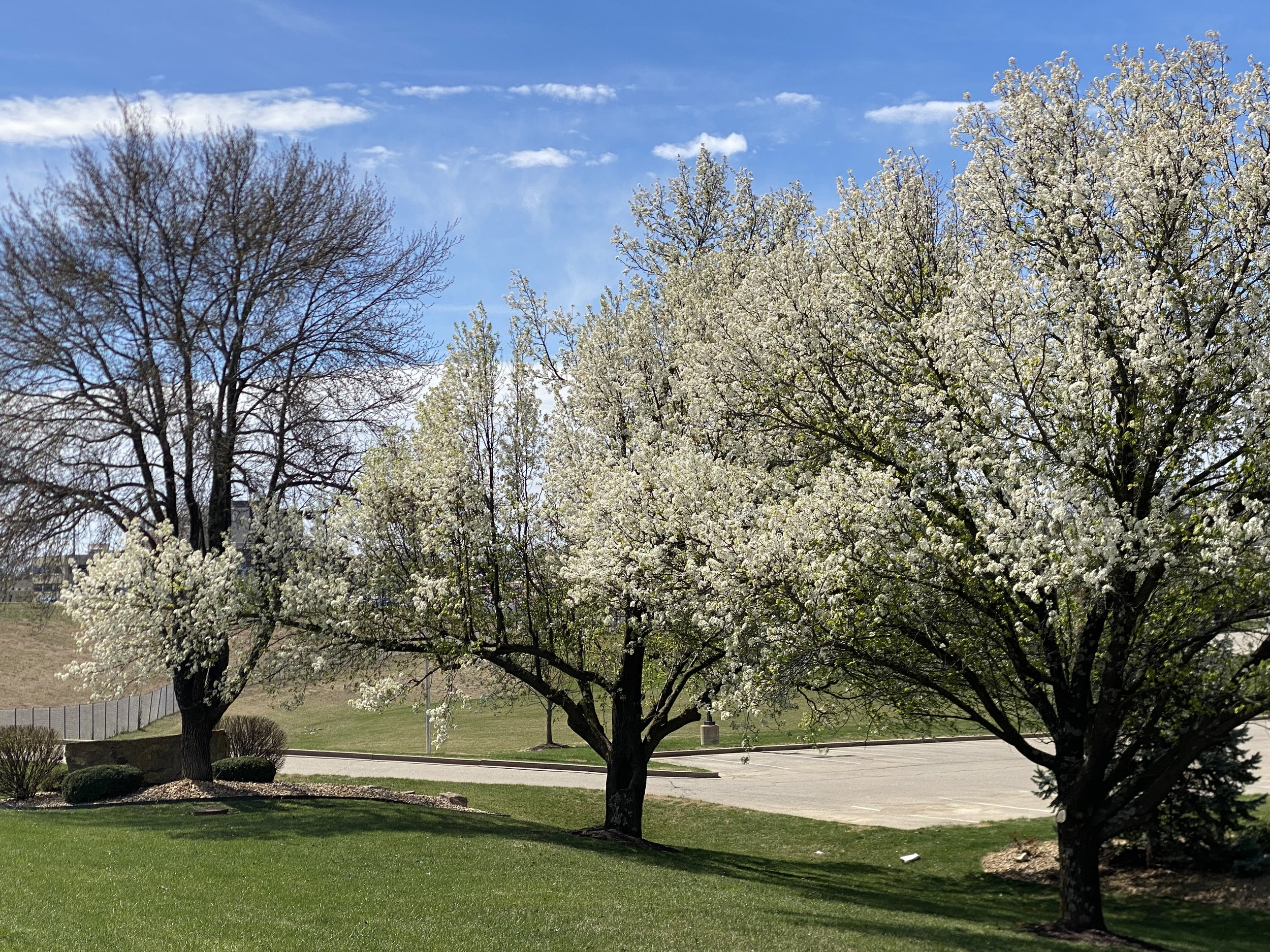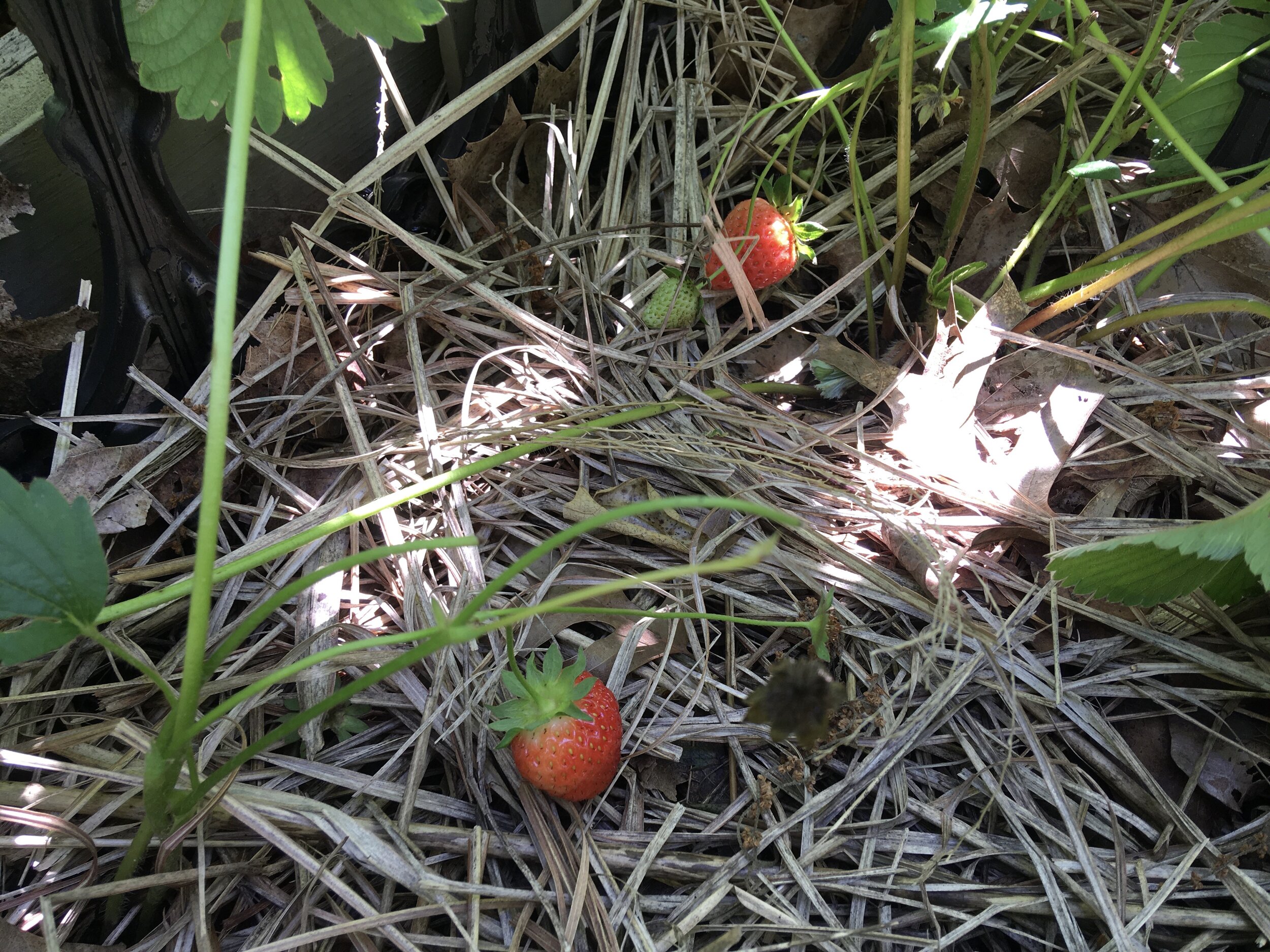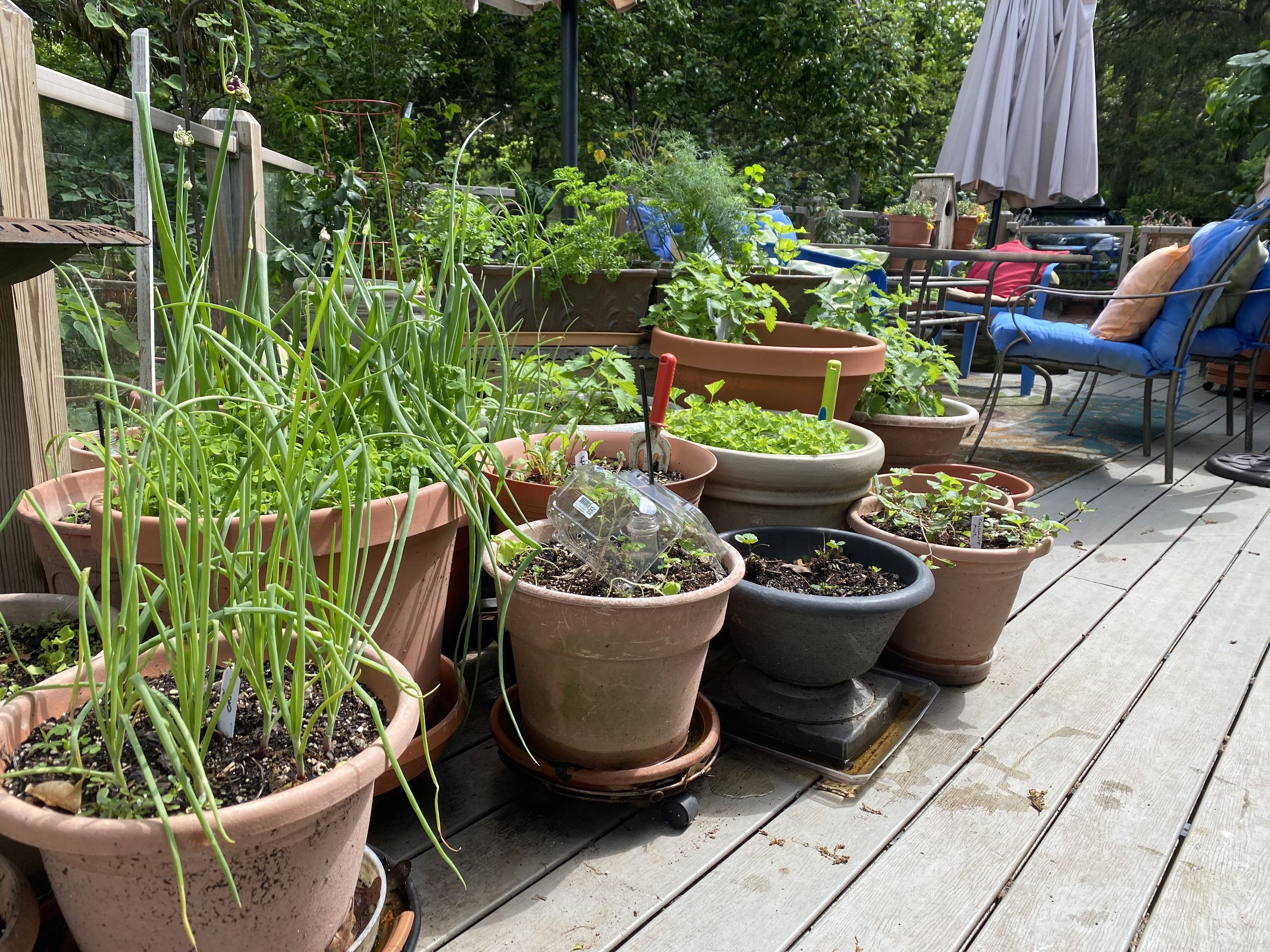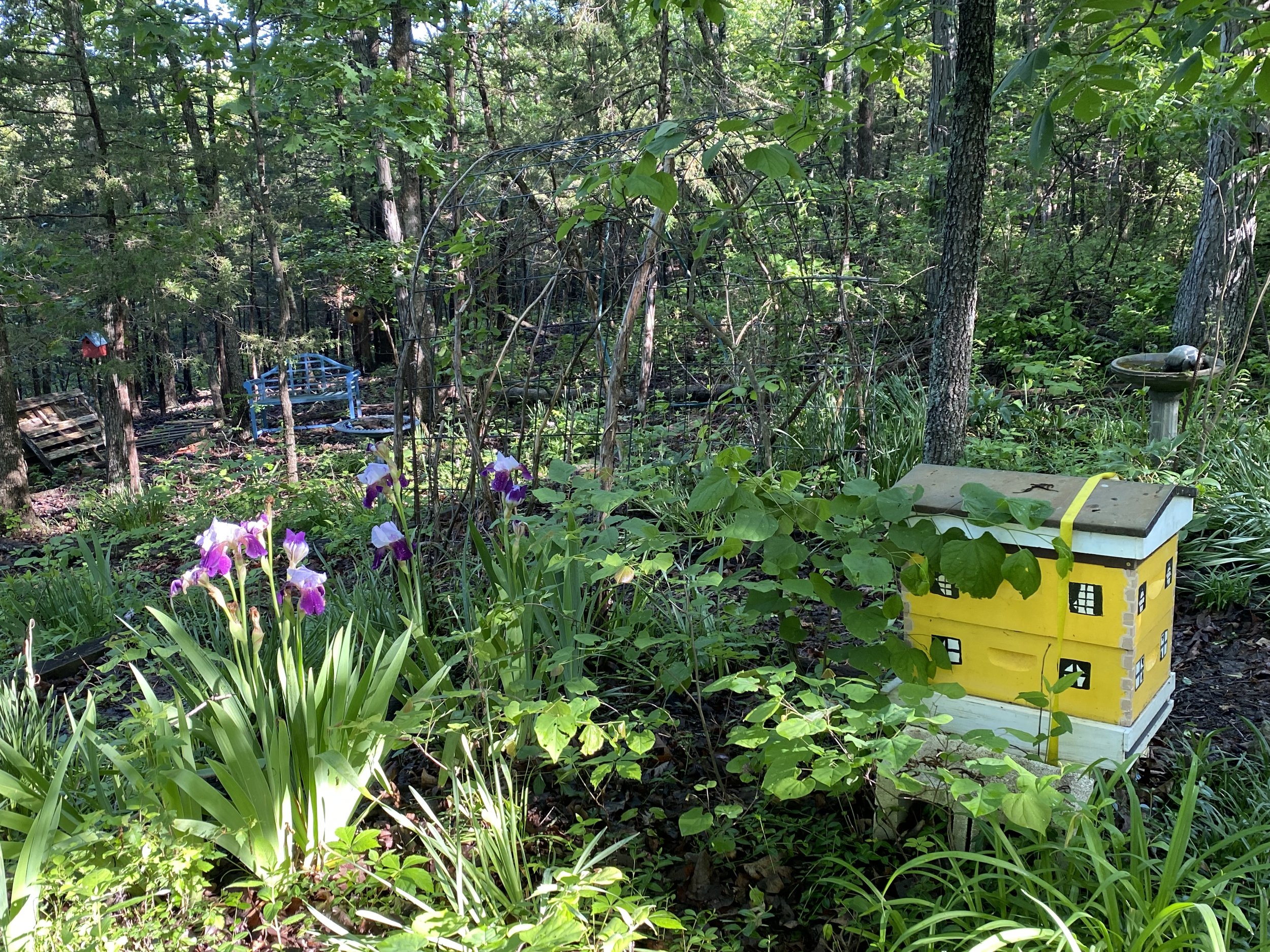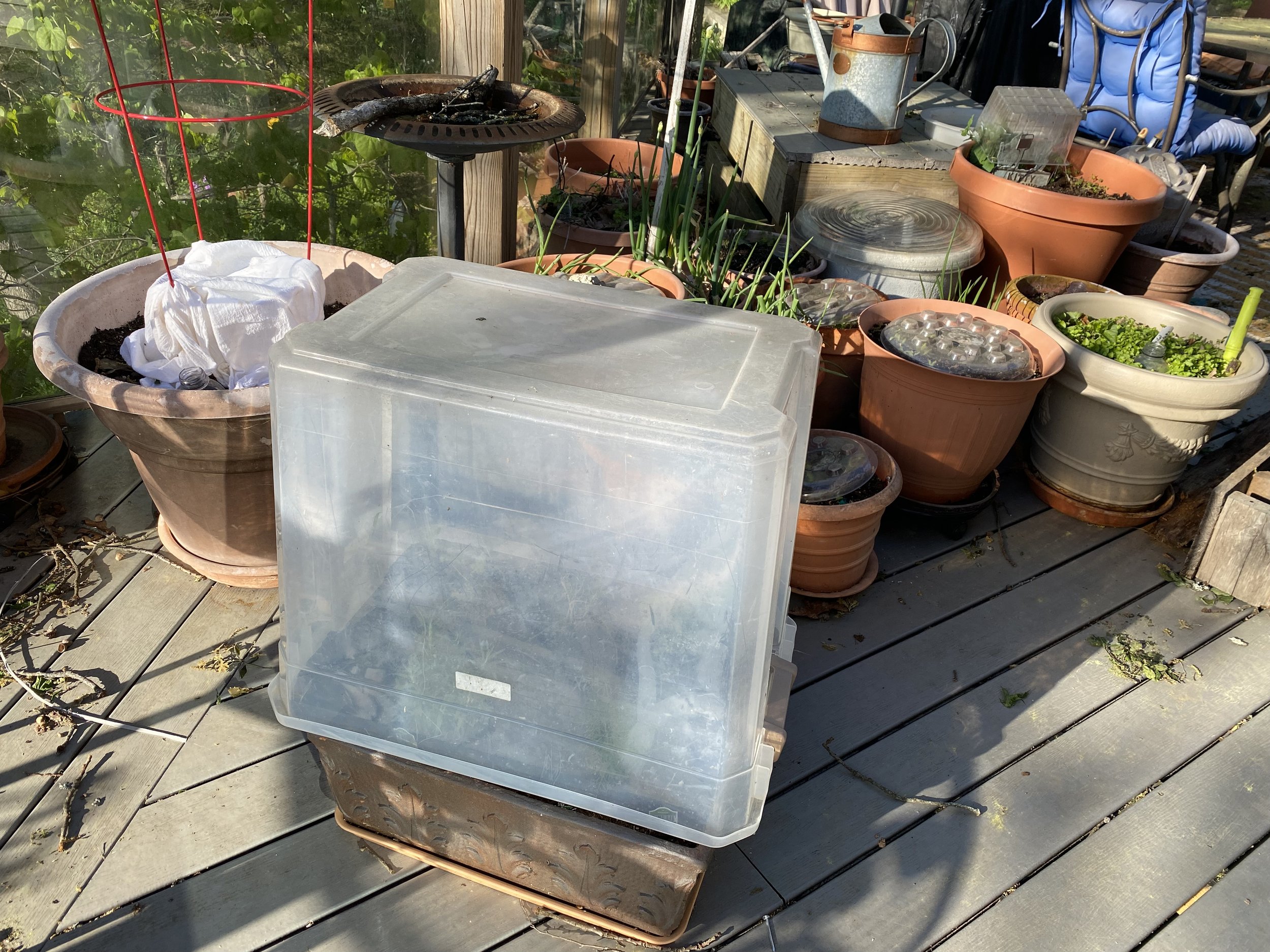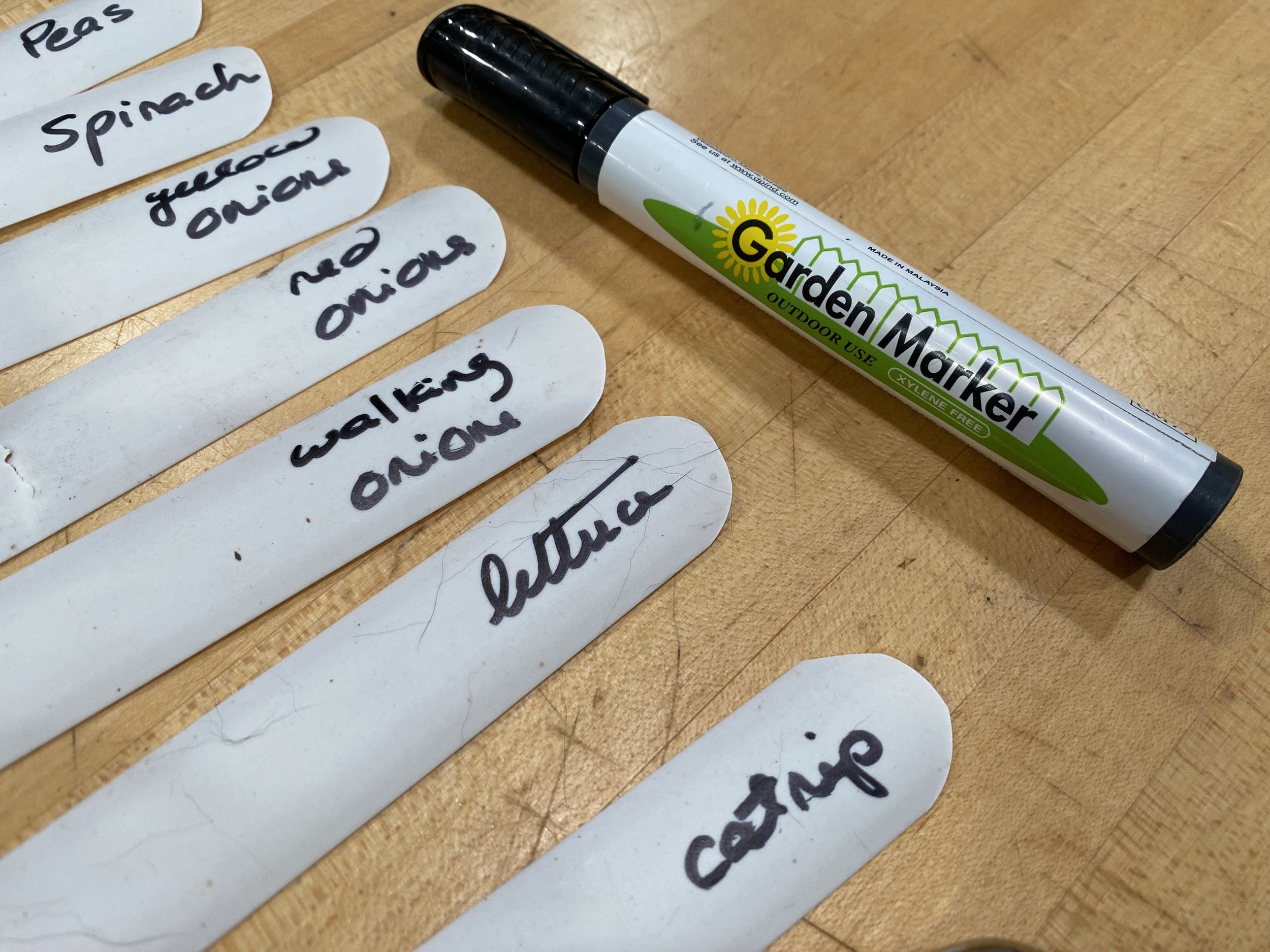Hori Hori Knife and How!
/my hori hori knife is my favorite versatile gardening tool. (charlotte ekker wiggins photo)
Hori Hori Knife and How!
I first learned about hori hori knifes when I was working in Japan for a few weeks. The hori hori knife is a versatile, traditional Japanese tool. The name "hori hori" comes from the Japanese word "hori," which means "to dig," and it is often used to describe the tool's primary function—digging or extracting plants from the soil.
History of the Hori Hori Knife
The origins of the hori hori knife trace back to Japan, where it was developed over centuries as a tool for gardeners, farmers, and foragers. The word "hori" refers to the act of digging or uprooting, and the repetition of the word emphasizes its versatility. Although the exact date of its origin is unclear, it's believed to have been used in Japan for many generations, likely dating back to the Edo period (1603-1868).
The early versions of the hori hori knife were created with high-quality carbon steel, and the blade was often hand-forged by skilled blacksmiths. Over time, the tool became indispensable for tasks ranging from weeding to planting and harvesting. It was designed for efficiency and comfort, enabling users to perform several gardening tasks with a single tool.
In modern times, the hori hori knife has gained popularity outside of Japan, particularly among gardeners, landscapers, and enthusiasts around the world. The high-quality craftsmanship, combined with its versatility, has made it a favorite tool for people who work with their hands in the soil.
Design of the Hori Hori Knife
The hori hori knife typically features:
A wide, curved blade with a sharp edge, which is great for digging, slicing, and cutting.
A pointed tip that allows for precision tasks such as planting bulbs or prying out weeds or plants.
A full tang construction, meaning the blade extends through the entire length of the handle for strength and durability.
A wooden or plastic handle that is often ergonomically shaped for comfort and control during prolonged use.
Many hori hori knives also come with a serrated edge on one side of the blade, which adds the capability for cutting through thicker materials like roots, twine, or thick stems.
How to Use a Hori Hori Knife in the Garden
The versatility of the hori hori knife is what makes it such an invaluable tool for gardeners. Here's a breakdown of its many uses:
Weeding
The sharp, pointed blade of the hori hori knife makes it easy to get underneath weeds and pry them out from their roots. With the serrated edge, it’s possible to cut through tough roots, preventing the weed from growing back.Digging and Planting
The curved blade is ideal for digging small planting holes, whether you're setting seeds, bulbs, or transplanting seedlings. The knife’s design allows you to control the depth of your planting, making it easier to plant with precision.Harvesting
The sharp edge of the knife can be used to harvest a wide variety of crops, including root vegetables like carrots or beets. It can also be used to slice through the stems of herbs, flowers, or even small fruit-bearing plants.Cutting Through Soil and Roots
The serrated edge is useful for cutting through compacted soil or tough roots that may be obstructing a planting area. This makes it an excellent tool for clearing space in garden beds.Transplanting
When dividing and transplanting plants, a hori hori knife allows you to cut through soil and roots with ease, helping you divide plants without damaging them too much. It's particularly effective for cutting through densely packed root systems.Mulching and Removing Small Stones
If you need to apply mulch or loosen the soil before laying down a layer of compost or mulch, the hori hori knife is a great tool to gently loosen and break up compacted areas of soil.Precision Tasks
For more delicate tasks such as harvesting herbs, trimming vines, or cutting through thick grasses, the fine edge and pointed tip allow for precision and control.Pruning
While it isn’t a dedicated pruning tool like pruning shears, the hori hori knife can be used for light pruning tasks, especially for cutting back smaller plants, removing dead growth, or trimming excess stems.
Caring for Your Hori Hori Knife
To keep your hori hori knife in good working order:
Clean it regularly after use, especially if it comes into contact with soil, sap, or plant material. Wipe it down with a damp cloth and dry it thoroughly.
Sharpen the blade as needed, either with a sharpening stone or a honing tool, to maintain its cutting edge.
If you have a wooden handle, periodically treat it with a wood oil (like linseed oil) to keep it from drying out or cracking.
Store the knife in a safe, dry place to prevent rusting, especially if it is made from carbon steel (which is more prone to rust than stainless steel). Planting it in the garden does not count although I do tend to misplace a few during the growing season.
For more tips on gardening, beekeeping, cooking and easy home decor, subscribe to my free weekly Garden Notes newsletter.
Charlotte
